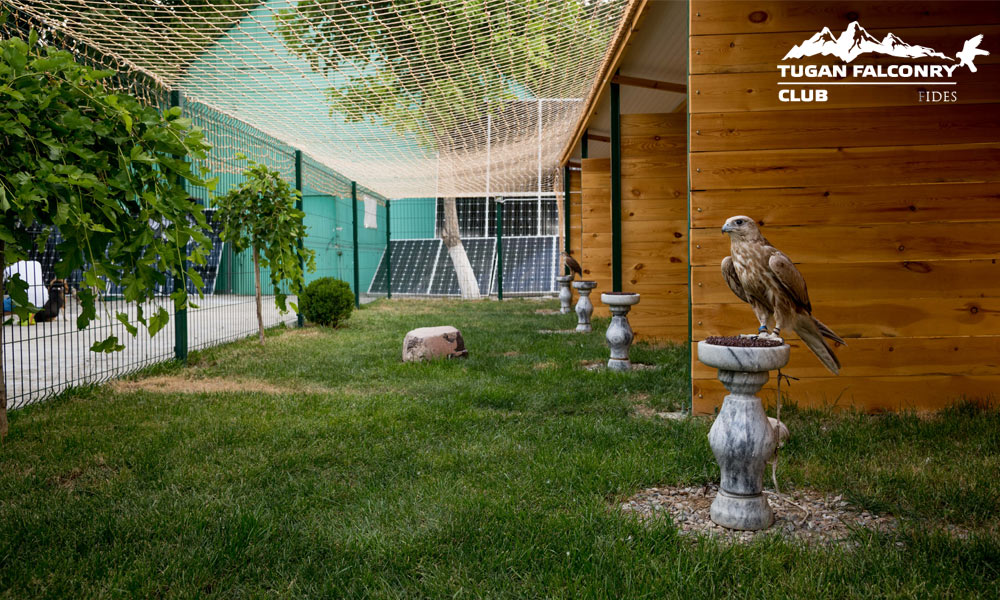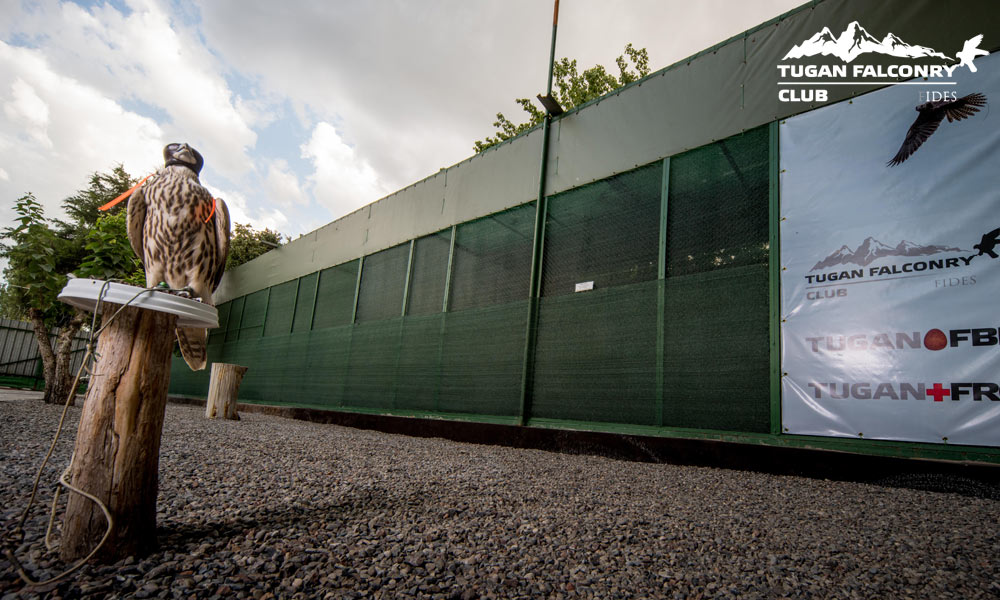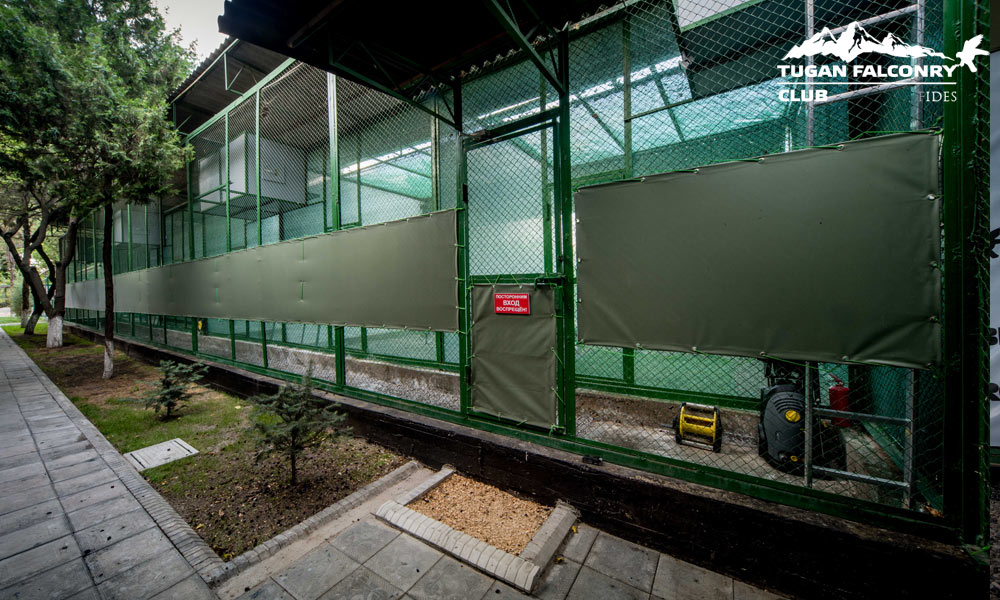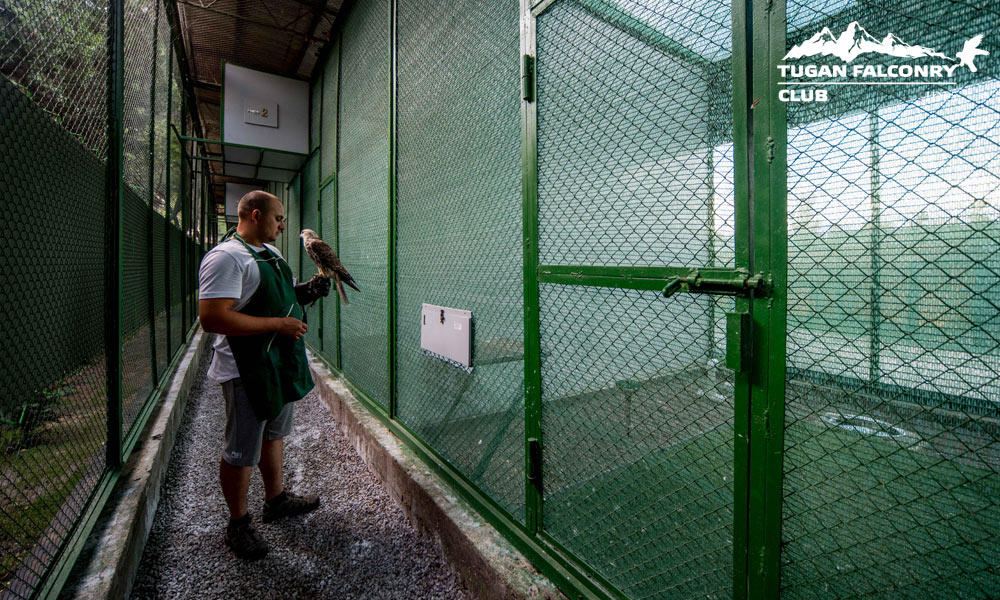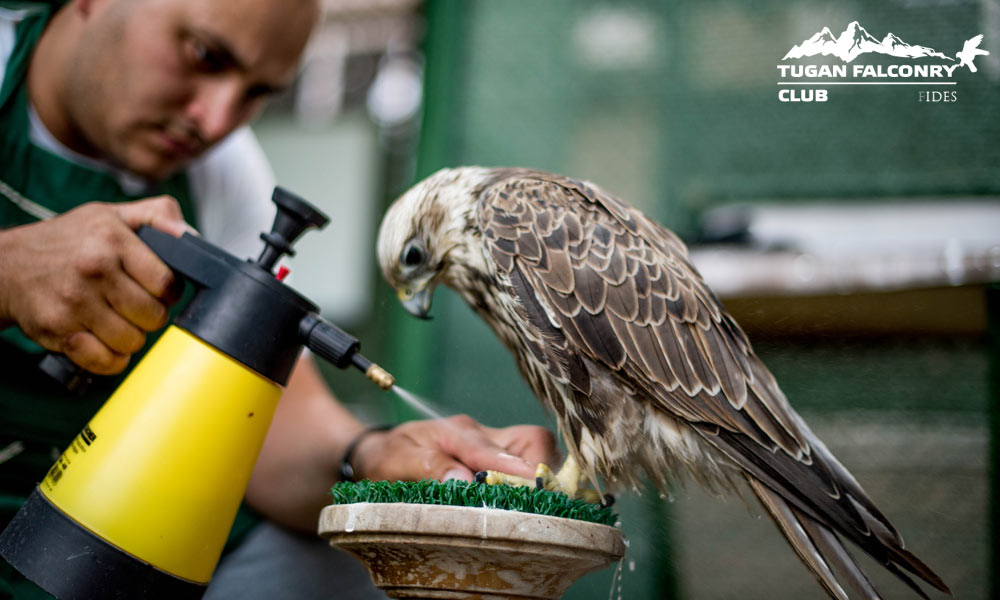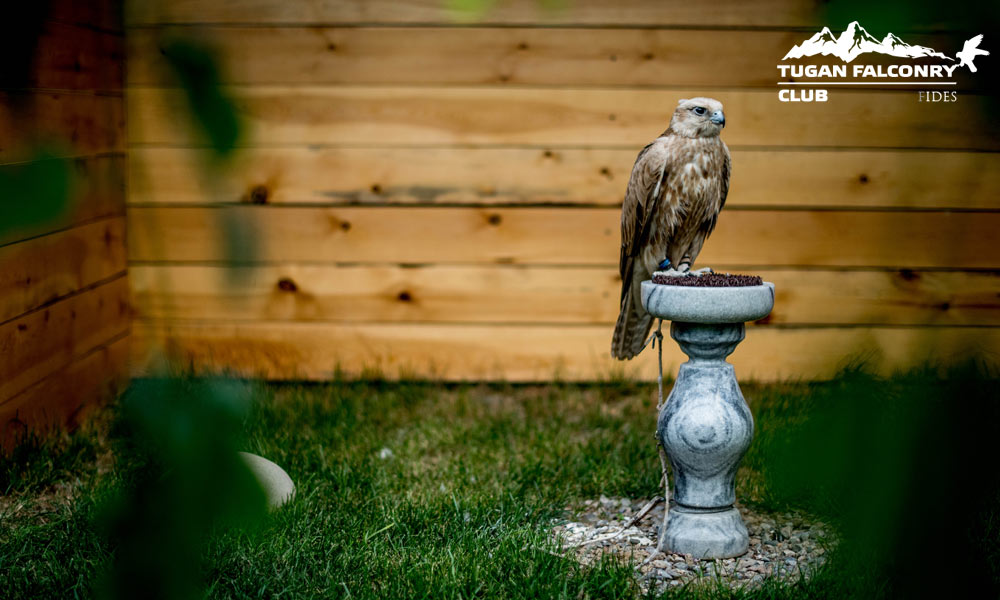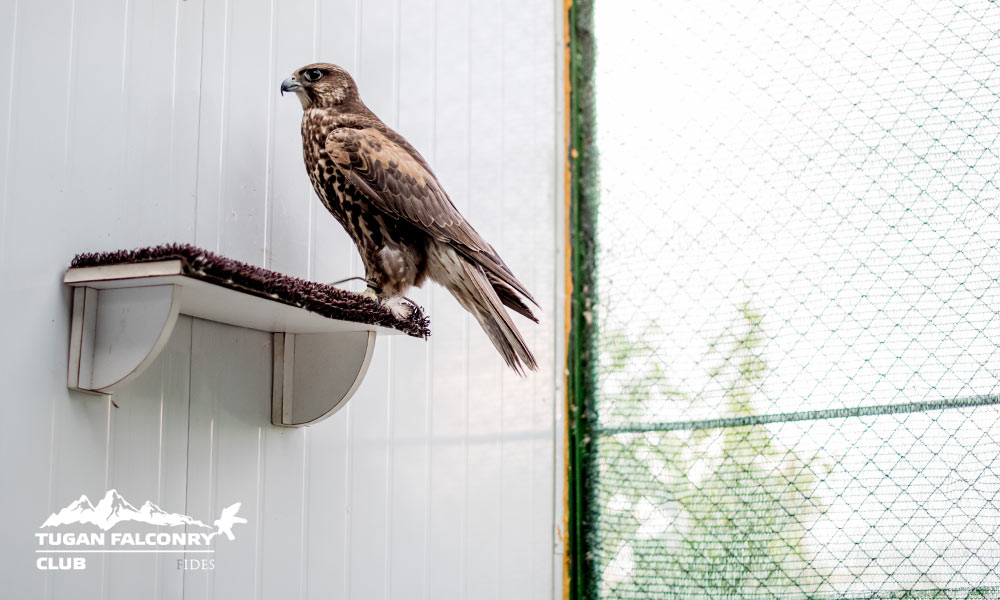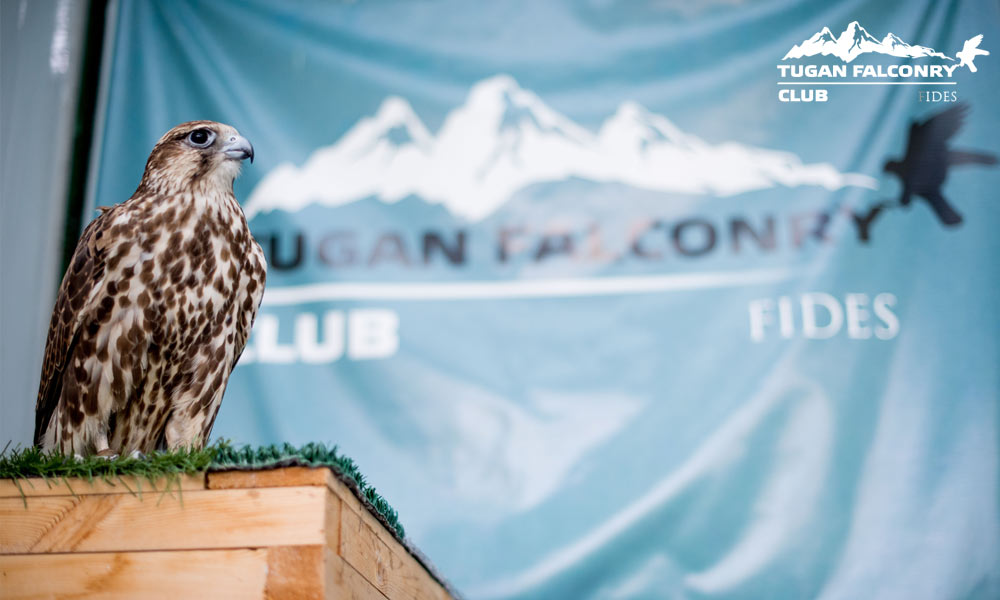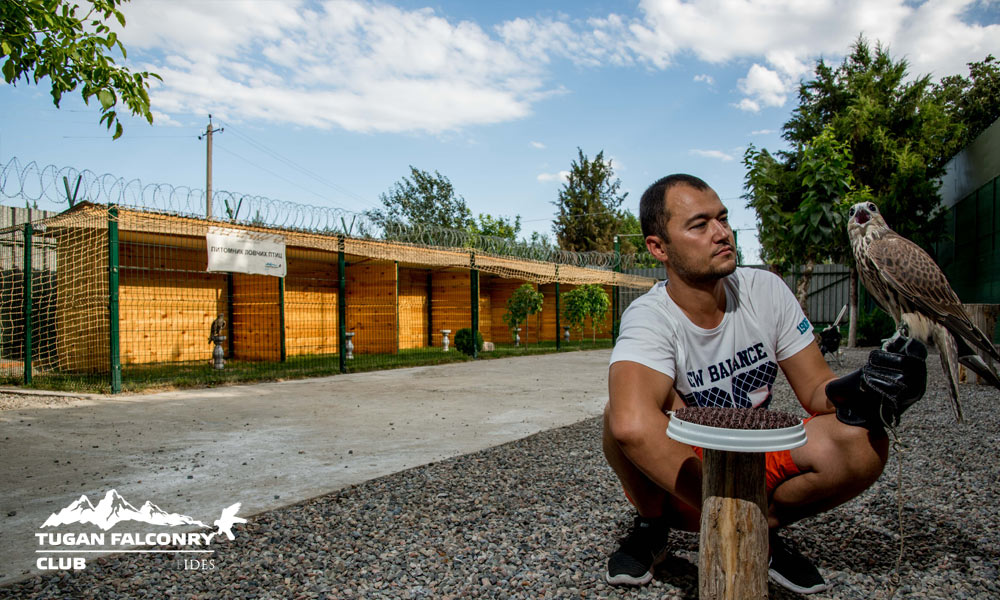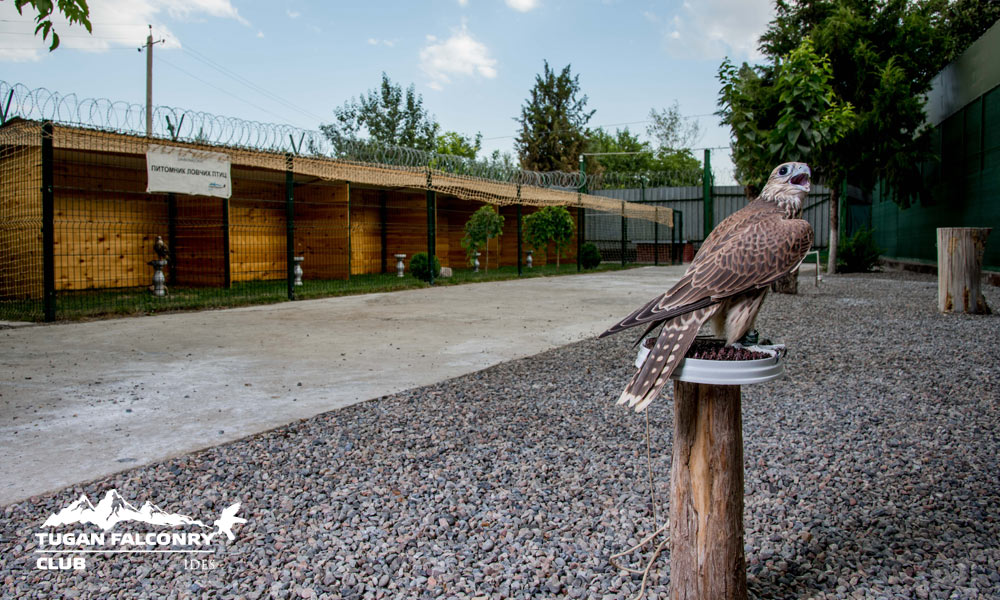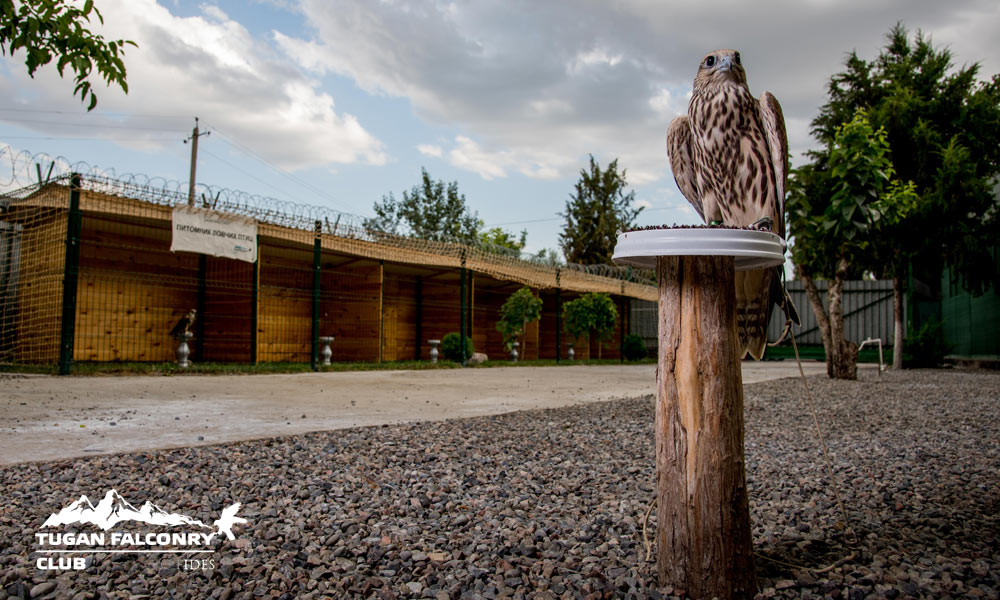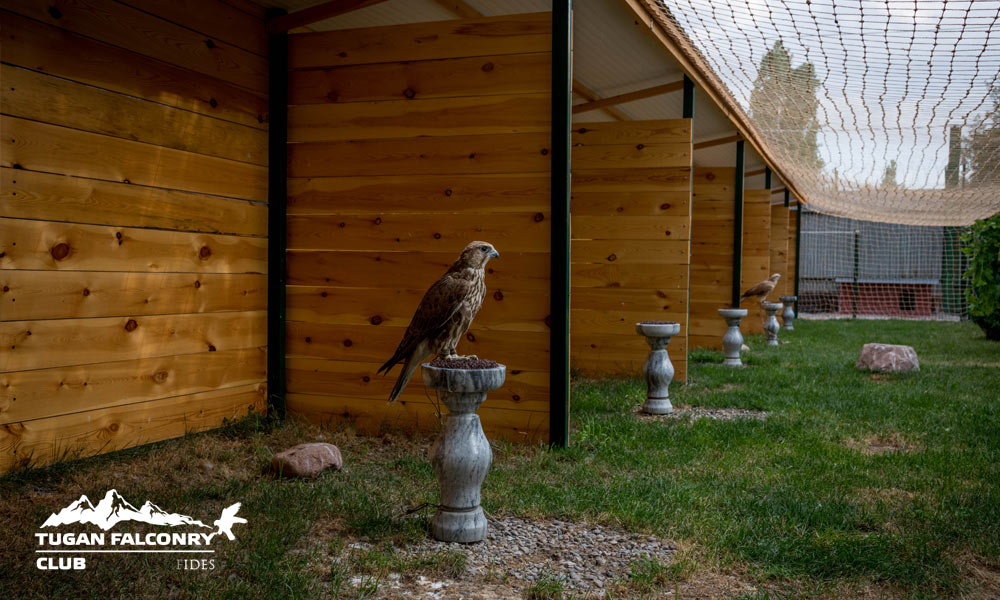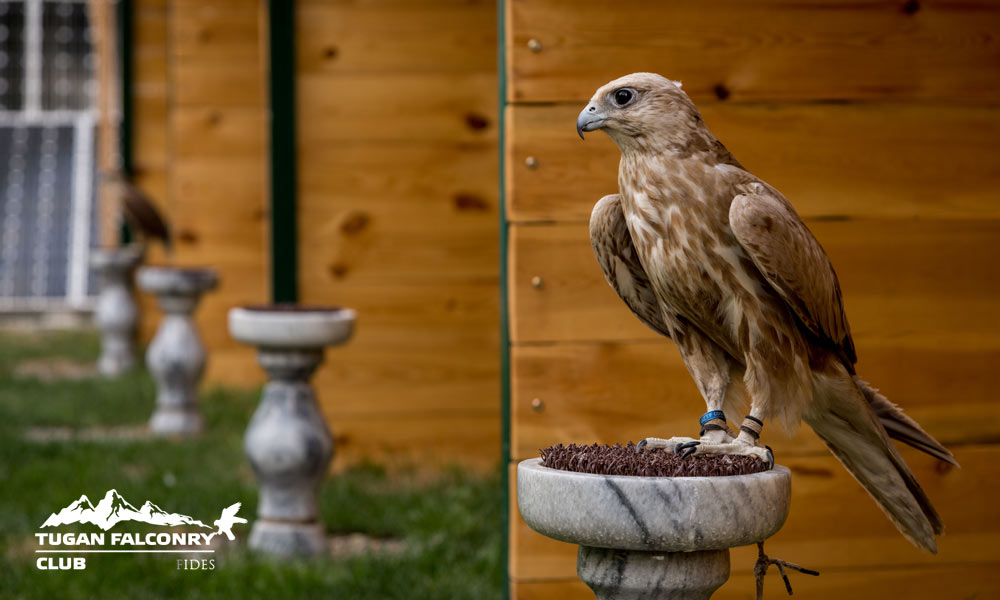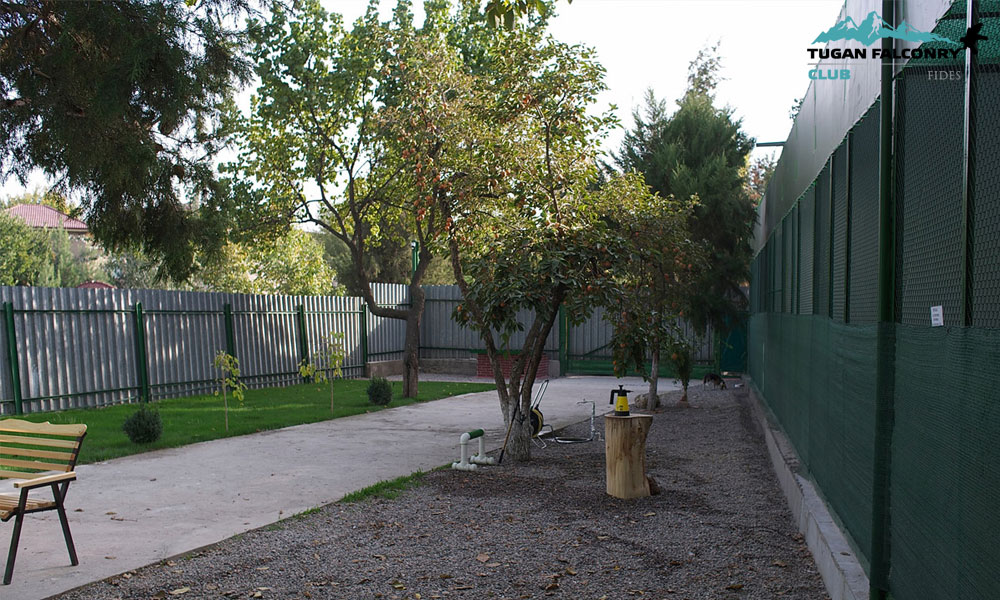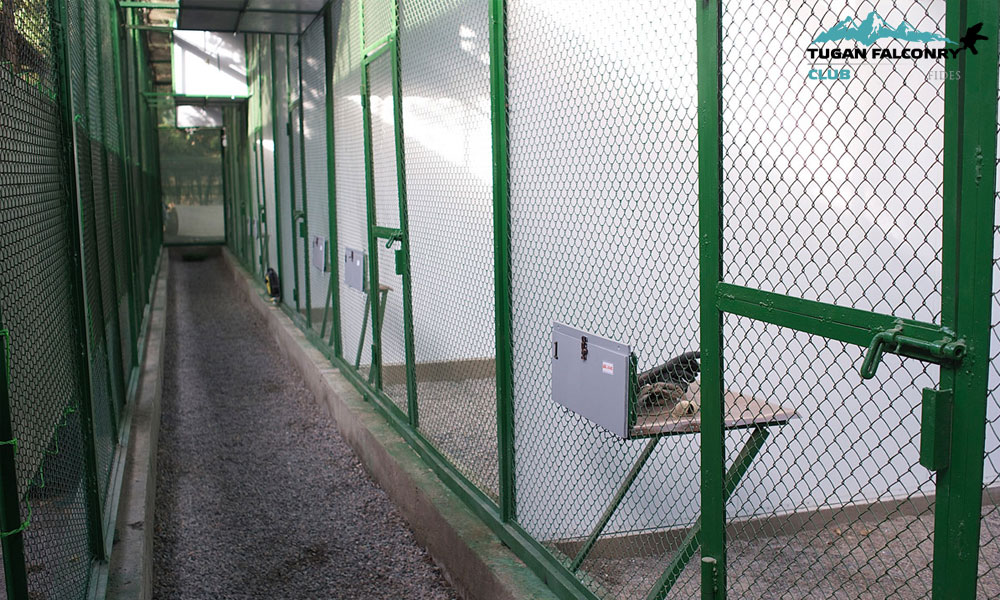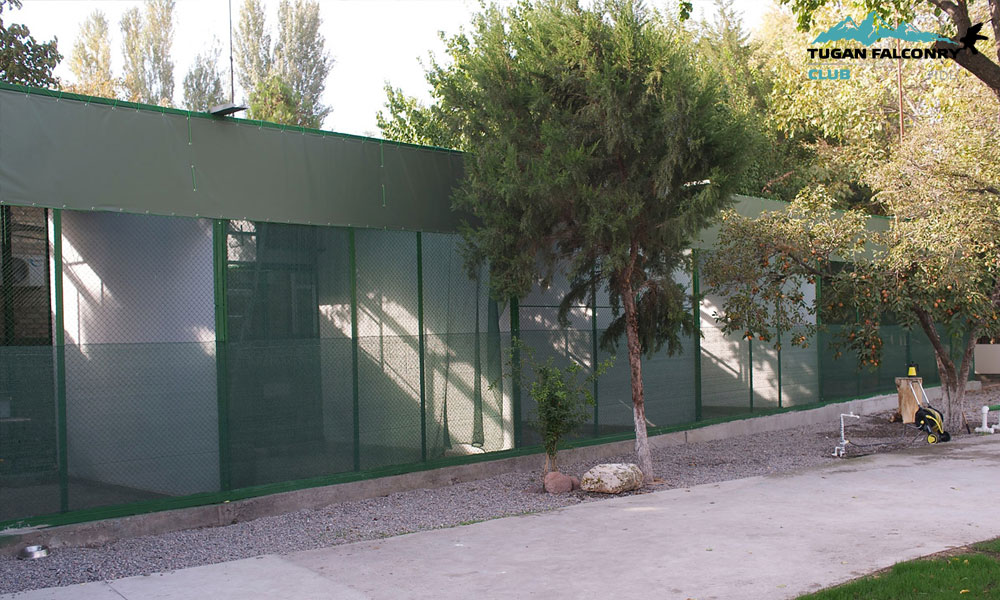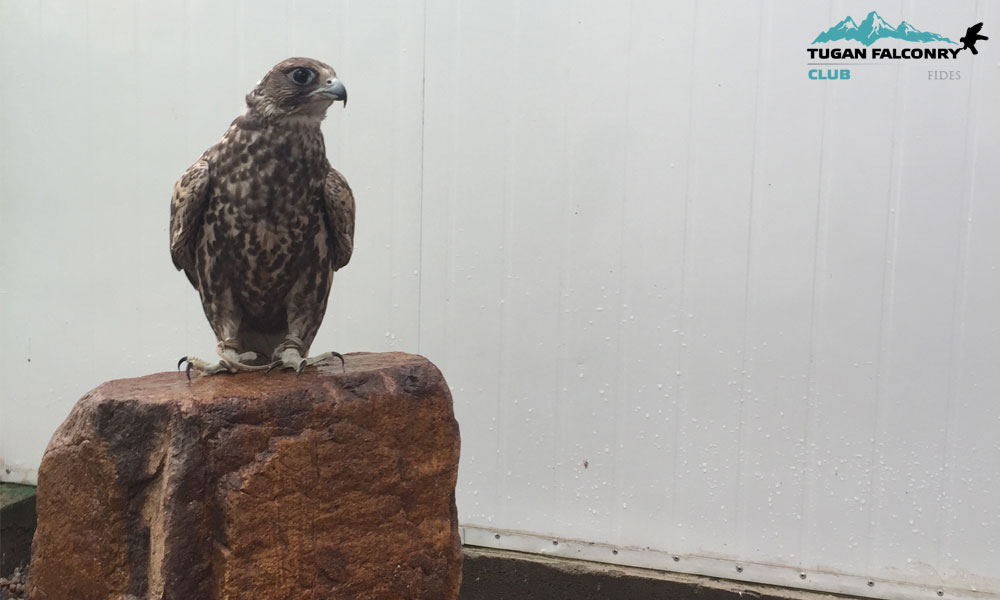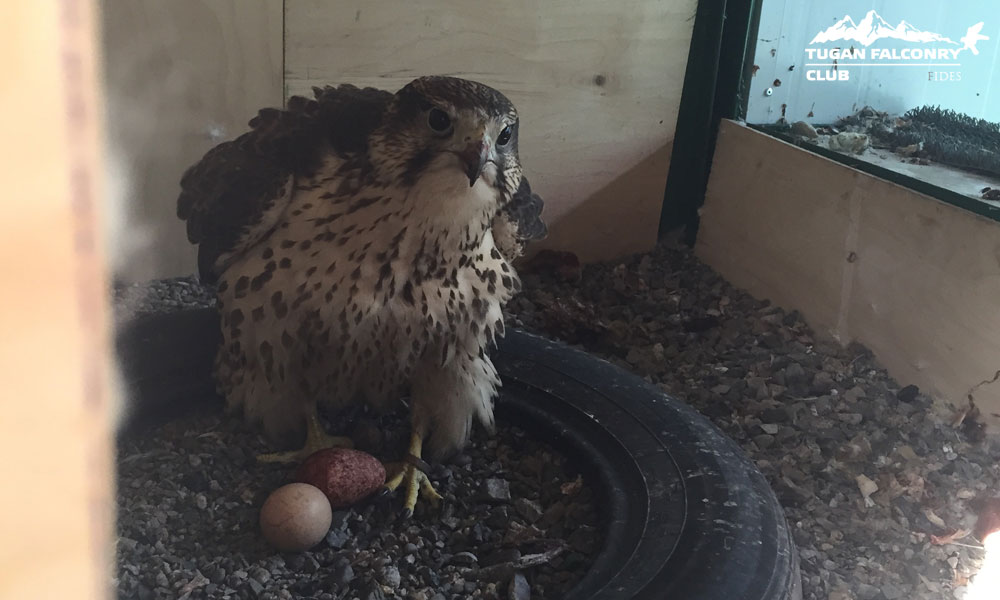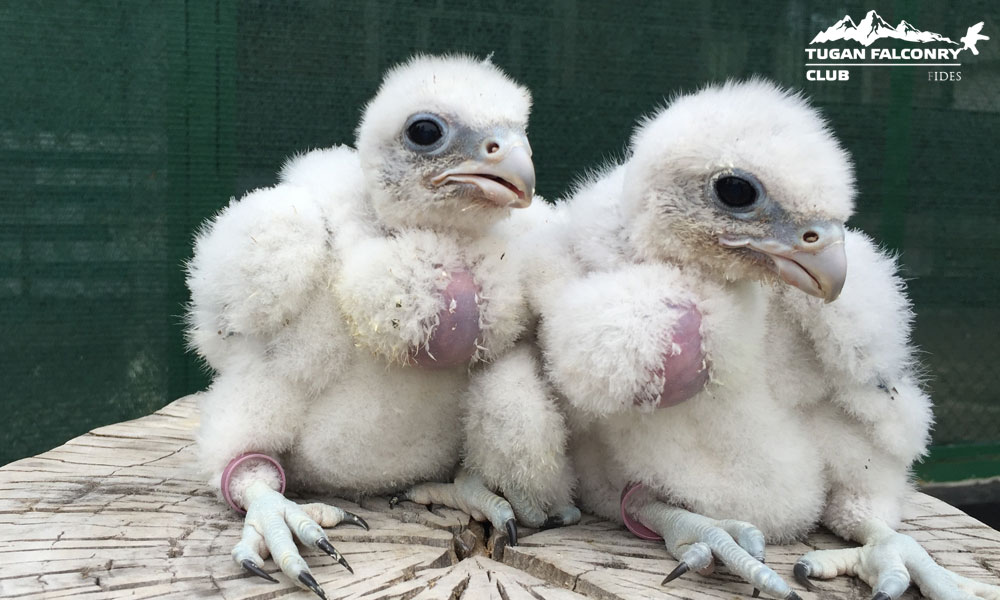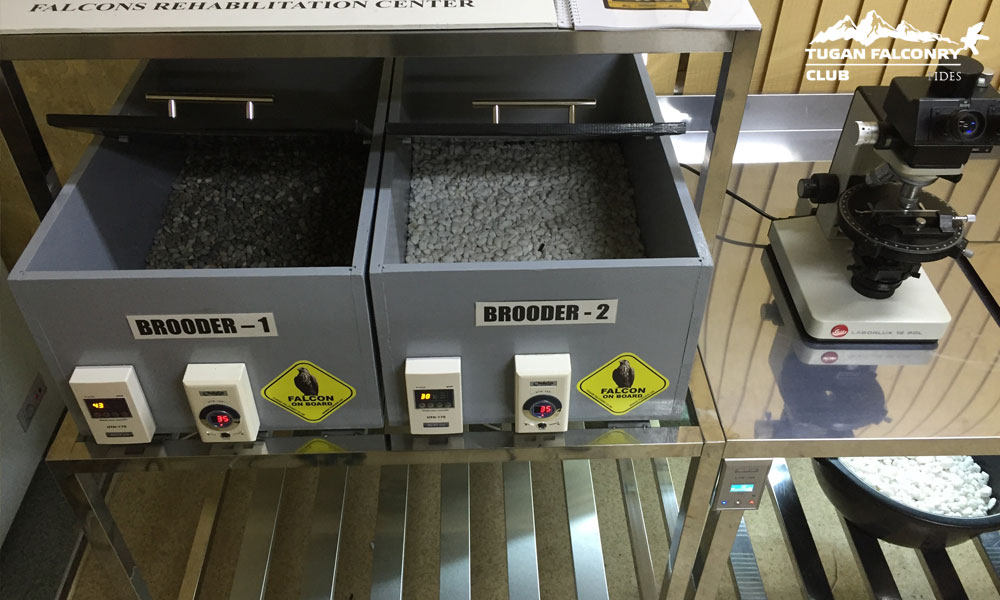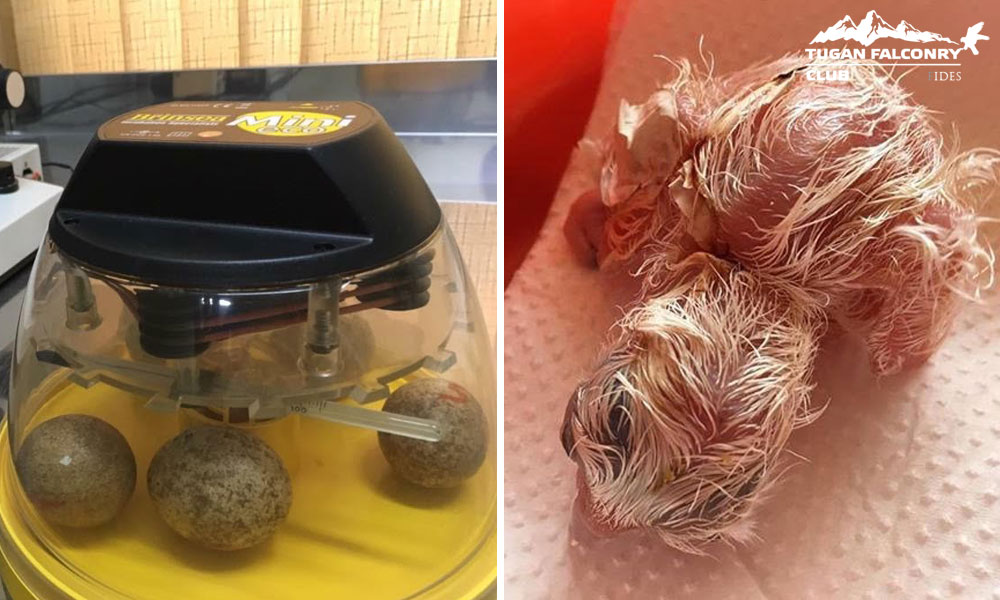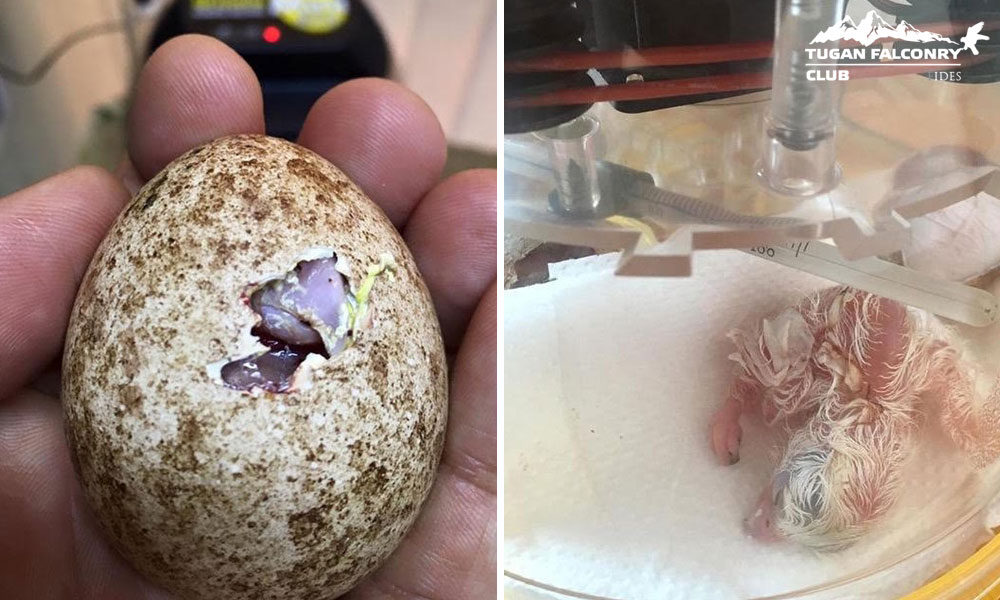The falcon nursery

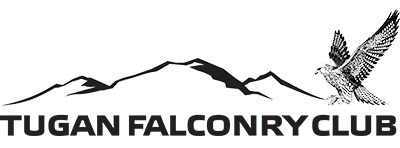
The nursery for the breeding of rare birds and birds on the verge of extinction at Tugan Falconry Club holds the principle of rehabilitating birds and releasing them effectively in to the wild at the centre of all its practices.
Main understandings, principles and legislative framework
The captive breeding of falcons – this is a guaranteed way of increasing and replenishing the wild population of birds of prey, with their releasing in to the wild acting as a new, active form of conversation work. Artificial breeding conditions not only allow for a hopeful solution to preserve the genepool, they also serve as a base for scientific research as well as the creation of a reserve of birds which can be used in falconry and other activities without compromising the wild population.
The nursery is run on the following principles:
- the strict adherence to working with standard, certified and proven technology and rearing practices;
- the intention of creating a stable breeding programme and genetically sound animals;
- seeing to the upkeep of breeding records, with up-to-date information about each and every bird in the nursery;
- supporting the creation of a reserve population of additional birds, to be released in to the wild in order to strengthen weakened or depleted wild bird populations, as well as creating new populations entirely;
- to carry out scientific research;
- the design and realisation of programmes with an ecological slant working in conserving the planet’s biodiversity.
All questions related to captive birds of prey are strictly regulated by current legislation. The most important documentation in this area includes the convention on International Trade related to the trade of already endangered flora and fauna (CITES), the convention covering biological diversity, as well as certain laws particular to the Republic of Uzbekistan; named ‘On the conservation of nature’ and ‘On the protection and use of animals’. The Cabinet of Ministers for the Republic of Uzbekistan’s decree №290 dated the 20.10.2014 also notes that:
- paragraph 98. All wild animals, in captive or semi-captive conditions, or similar conditions, must be purchased in accordance with the law.
- paragraph 100. The keeping in captivity or semi-free conditions of wild animals listed in the Red Book of the Republic of Uzbekistan (endangered list), as well as poisonous animals is to be allowed only in special nurseries and only when agreement with the Academy of Sciences is established.
- paragraph 103. It is illegal to release tame or semi-tame animals in to the wild, without the prior consent of the State Committee for Nature.

Conditions for birds of prey kept in captivity
When the prolonged captivity and breeding of wild birds in captivity is discussed, one of the main basic requirements is that they are kept in comfortable environment. For this reason:
T he bird’s area should be in a well-lit area with a constant supply of fresh air. In winter, it is necessary to insulate the nest box of the falcon, as failure to do so may adversely affect the animal's health and in some cases even lead to his death. Drafts at night are especially undesirable for birds of prey, so when birds sleep on their perch with a constant flow of air, set up some sort of shield, as well as a roof above the predator. All perch should also be upholstered with soft material to avoid injury to the bird’s talons.

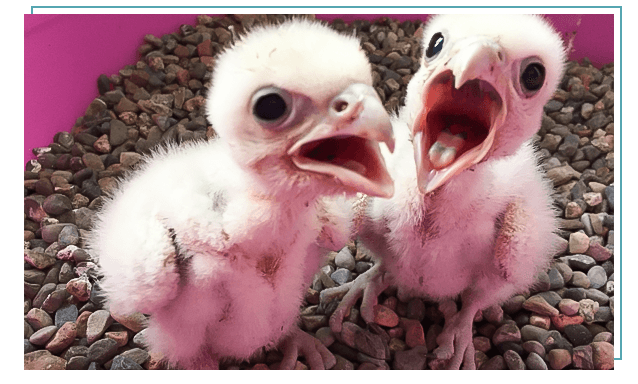
W hen a bird is on the perch, its wing and tail feathers should not touch the walls, floor, ceiling or branches. It is necessary to observe these conditions for the preservation of the bird’s plumage, which provides natural thermoregulation and protection from getting wet. A healthy set of feathers and properly maintained integrality of the feather vanes are crucial for hunting birds; the feathers are the main tool for effective hunting; providing better camouflage, precise flight dynamics and agility. Correct feeding will also positively affect the integrality of the feathers.
P articular attention should be paid to making sure that a bird of prey has proper balanced diet, which, ideally, should conform to their natural diet as much as possible. To aid digestion, Falcons require rough, unprocessed food, which should be mixed with small bones, feathers and wool. This is why a predator should be fed intact bird carcasses or rodents, preferably specially bred chickens, quail, laboratory mice and rats. The use of small doves, crows and sparrows is also acceptable, but in this case strict veterinary observation of their condition is requited. Once a week a falcon should be given as much food as he can eat. Once a week they should undergo a day of complete fasting and another day should be given only half of a regular portion.
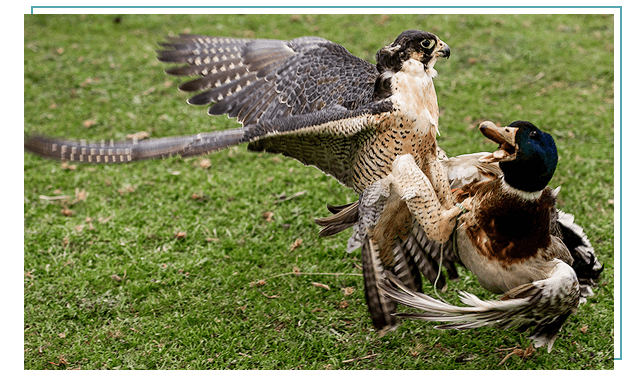
1. Flint, V.E., Smirnova O.V., Zaugolnova L.B., L.G. Khanin, Bobrowski M.V. Toropova N.A., Melehova O.P., Sorokin A.G. Preservation and restoration of biodiversity. Moscow: Publishing Scientific and educational center. 2002.
2. Yearbook ‘Birds of prey and owls in zoos and nurseries’, №20. Moscow: Moscow Zoo. 2011.



